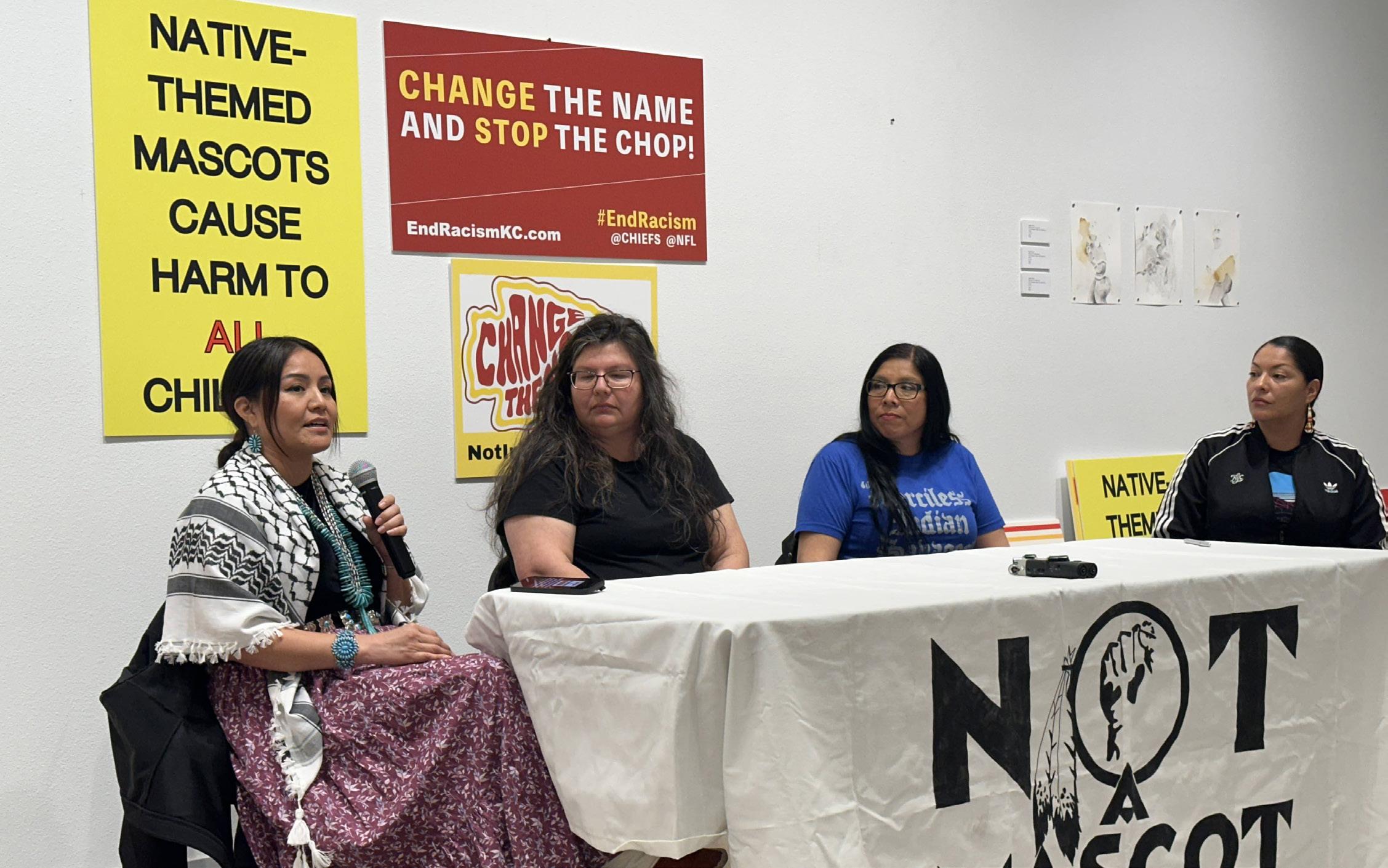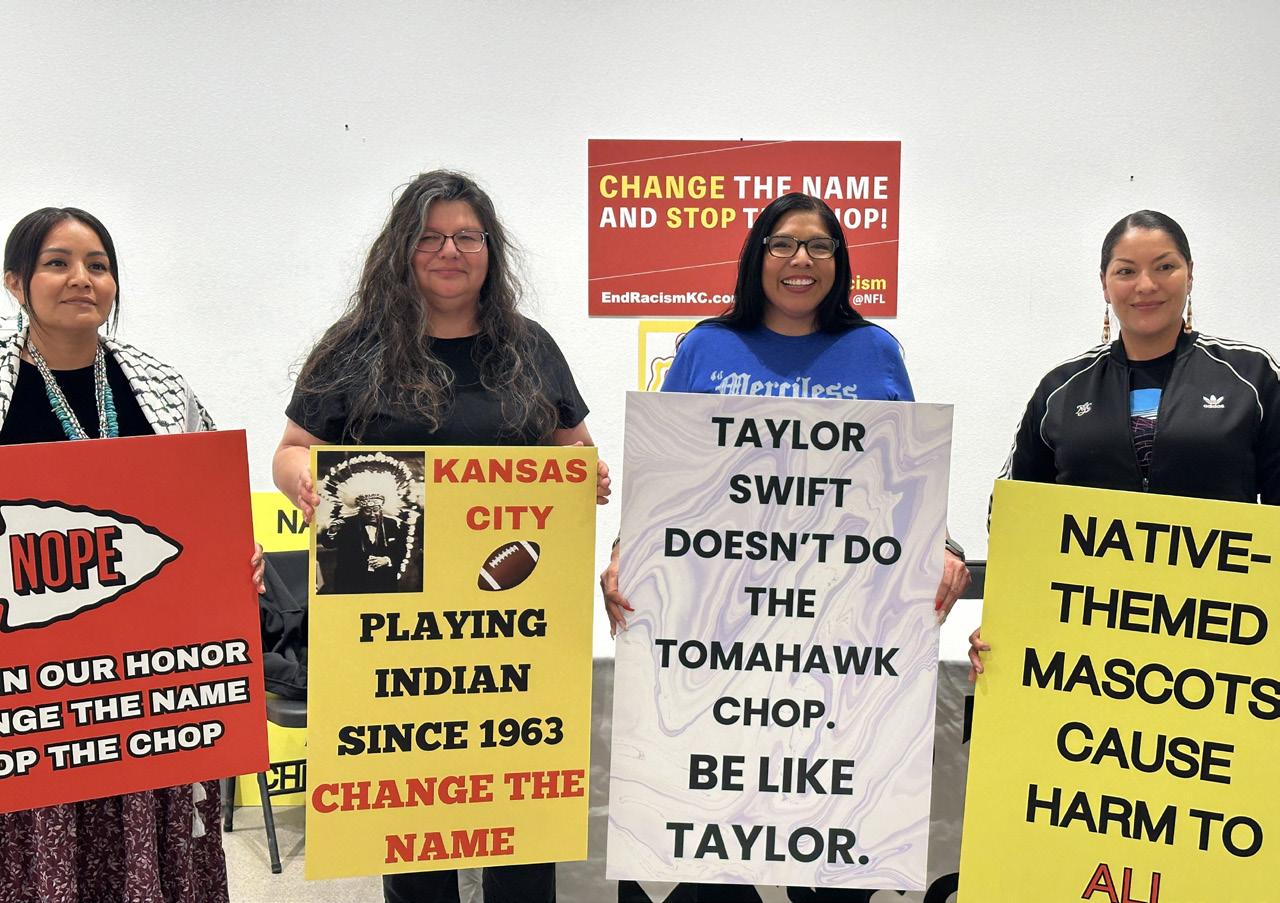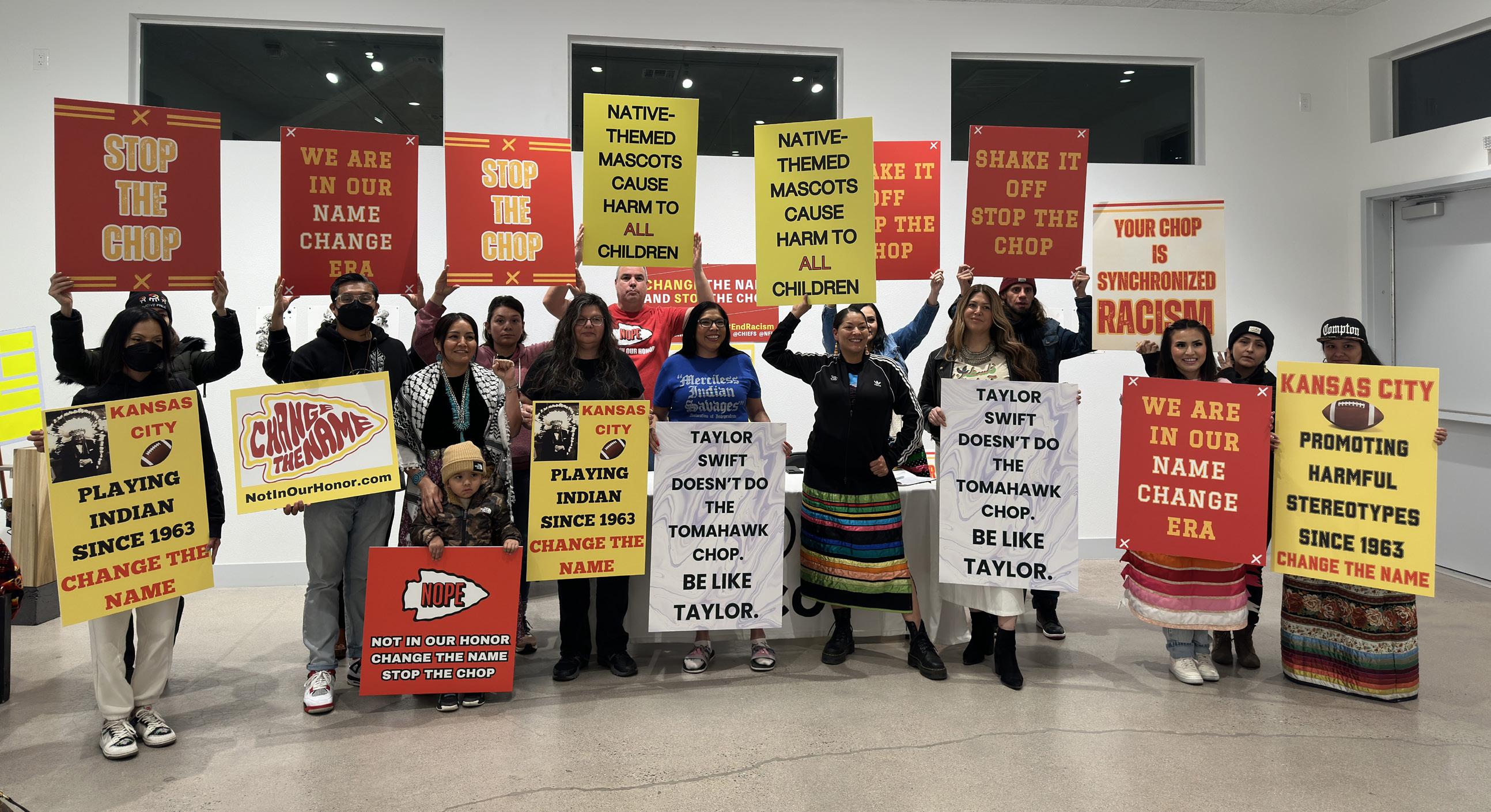
2 minute read
Super Bowl's Impact on Native Nations and the Environment
BY JEN DEERINWATER
In a remarkable display of extravagance, a whopping 882 private jets flew into Southern Paiute land (“Las Vegas, Nevada, U.S.”) for the most recent Super Bowl featuring the San Francisco 49ers and the Kansas City Chiefs. This marked the second-highest influx of private jets for a Super Bowl, following last year’s game in Arizona, where 931 private jets took flight.
Advertisement
According to a 2021 study conducted by the Transport and Environment Organization, the climate impact of aviation is fast growing. The report highlights a startling statistic: a mere 1% of individuals bear responsibility for a staggering 50% of global aviation emissions, particularly concerning the emissions generated by short-distance flights. Similarly, Greenpeace reported that a lone private jet journey generates approximately ten times the CO2 emissions per person compared to an average commercial flight.
There are 28 federally recognized tribal nations and communities in “Nevada.” The legacy of colonialism has left many Native lands polluted or suffering from the climate crisis. The 2023 Super Bowl was held on the lands of the O’odham and Piipaash (“Phoenix, Arizona, U.S.”), where part of the Navajo Nation’s reservation resides.
Not too far from the buzz of the Super Bowl, tribal nations are dealing with serious environmental problems because of colonialism. Take

During the press release, Native people explained how the use of Nativethemed mascots is demeaning, perpetuates stereotypes of Native people, and falls in line with mass cultural appropriation. Photo credit: Acee Agoyo, February 11, 2024 the Pyramid Lake Paiute Tribe in “Nevada”, for instance. They're facing a drought caused by a dam built by the government, which means less water. The Truckee River used to get its water from melted snow, but with temperatures going up, there's less snow, and less water is flowing downstream to the tribe.
On Western Shoshone lands, in “Nevada”, it's believed that over 900 nuclear bombs were detonated. In “Arizona”, where part of the Navajo Nation reservation is located, there's a severe water crisis. According to the Navajo Water Project, 30% of reservation residents lack access to running water. In the Supreme Court case, Arizona v. Navajo Nation, the court ruled that despite the Navajo Treaty of 1868 guaranteeing the Navajo rights to their lands, resources, and sovereignty, they aren't entitled to area water resources. Instead, the state governments in the region have legal authority to utilize the water for themselves.
The environmental impact of Super Bowl LVIII was compounded by troubling instances of anti-Native racism, particularly concerning the use of Native mascots and the controversial "chop" gesture associated with the Kansas City team. This gesture, resembling chopping with a tomahawk, has faced criticism from Native communities nationwide, who have consistently urged an end to such racist portrayals.
In response, Not in Our Honor convened a press conference at the Nuwu Art Gallery, followed by a protest outside the Super Bowl venue. Rhonda LeValdo, representing the Acoma tribe, referred to the event as the "genocide bowl" during the press briefing, highlighting the grave consequences of perpetuating harmful stereotypes. Local advocates echoed these concerns, calling for the immediate retirement of the Kansas City Chiefs' name and logo. Their stance reflects a broader movement aimed at addressing racism in sports.

Native American groups asked for the abolishment of the “big drum” at home events, the “tomahawk chop” chant at all sports venues, and any Native American appropriation that occurs in the football stadium. Photo credit: Acee Agoyo, February 11, 2024
About the author:
Jen Deerinwater, Founding Executive Director of Crushing Colonialism, is a bisexual, Two-Spirit, multiply-disabled citizen of the Cherokee Nation of Oklahoma and an award-winning journalist and organizer who covers the myriad of issues Jen's communities face with an intersectional lens.






